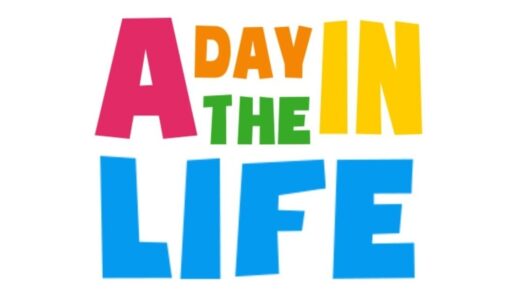
By now, all organizations should have closed off their 2020 (calendar) year. And what a year it was! I can confidently say that for every organization, there was some degree of uncertainty. There were probably some disappointments but, hopefully, there were also some pleasant surprises. But what should charities start examining when looking back on 2020? What could they track? Well, the short answer is everything. The more data you have for tracking, the more you can plan for the future. Tracking more years means that anomalies (like a pandemic) don’t define your thought processes. Rather they inform them. I wrote about this six months ago (here), but specifically, let’s re-examine some themes:
Track Revenue
There are many ways to slice the revenue pie for a charity. Some differentiate between revenue streams (i.e., bequest, direct mail, events, etc.), and some differentiate by dollar amount regardless of the stream (i.e., under $1,000, over $5,000, over $25,000, etc.) I would suggest that you track revenue both ways. That way, you can see what revenue stream is growing and what dollar amounts are growing. There may or may not be a correlation between the revenue stream and dollar amount. You will need to analyze further. I have used the adage “work smarter, not harder” for many years, and using the revenue analysis, you will see where your growth is and where the potential lies for future growth.
Track Donor Count
This is a significant number to track. Is the number of active donors increasing? What about the lapsed donors? Have you been able to reactivate them? Has the pandemic brought them closer to your cause, or have they found somewhere else to invest in? This metric really needs some analysis. Since most organizations didn’t have a particularly strong events portfolio in 2020, perhaps the peer-to-peer fundraising took a hit. Or, perhaps the peer-to-peer fundraising saw a large growth due to the virtual events. In either case, you need to decide if this was a flash in the pan or a trend. With so many statistics revolving around the ever-shrinking second gift to a charity, I would suggest analyzing that second gift specifically. How long after the first gift did you approach them for a second? What was your ‘conversion rate’?
Track Communications
While this isn’t a metric that all fundraising offices track, I would strongly encourage you to do so. I am not just speaking of e-newsletters (though those are a good place to start). How many live conversations were had with donors (either virtually or on the phone)? Do you have the ability to track those donors and see how their giving fared compared to those who didn’t get live communication? I would hazard a guess that the retention rate for those who received live communications outperformed those who did not.
Conclusions
One year does not make a trend. Nor does two. The more data you have, the more valuable this tool becomes. That being said, where you put your efforts is likely where you will see results. A good fundraising shop will have people looking at each of these categories and devising a strategy/business plan for 2021 (if they haven’t already). The data may just reinforce your plan, or it may set you up on a new path. In either case, you must understand the data and draw the appropriate conclusions.
Until next week.
L’chaim,
jack




